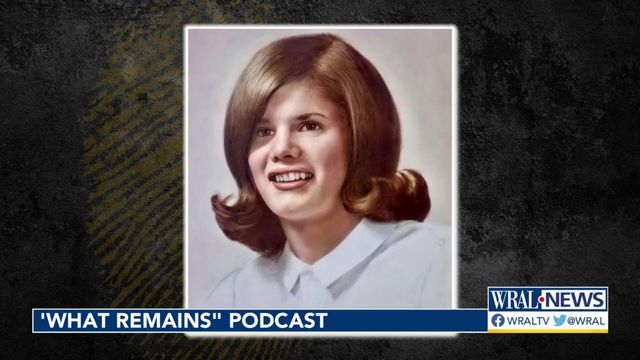True crime meets forensic science: New podcast investigates some of the oldest cold cases in North Carolina
I have covered crime as a local television reporter for three decades. I thought I knew everything there was to know about investigating murder cases. Boy, was I wrong.
Posted — UpdatedIf you grew up in the 1980s, you probably remember the missing children's photos on milk cartons. For most of us, that was our first introduction to the world of missing people. The idea was started by a nonprofit called the National Child Safety Council, and by the mid-eighties, hundreds of dairies were taking part in the “Missing Children Milk Carton Program.” I remember seeing those sad photos and thinking, "Why can’t they find her?"
Of course, back then, no one could have imagined a world where everything would eventually be shared on a computer, or even a phone, through the magic of the internet. Today, this is where you can find information about missing children and adults, on hundreds of websites. And while there is still a lot of attention paid to the cases of people who are missing, there’s another side to this crisis; there are thousands of cases of unidentified remains in our country that no one seems to be able to match with the cases of missing and murdered people.
The bones in the boxes
There are human bones in boxes at every state medical examiner’s office in the country – just sitting there, forgotten, dusty, the epitome of what we think of as cold cases. So, we started thinking about what it would take to identify all these remains. That’s what this podcast is about – what those bones represent – to the families, to the investigators, to the forensic scientists, and what they intend to do about them.
Frankly, it seems hard to believe in this day and age that we don’t have some kind of formal scientific process that can help us simply match a dead person with a missing person. But there’s a lot more to it than you might imagine. It’s not that people don’t care, it’s just that in a world where violent crime happens every single day, identifying decades’ old remains just isn’t a priority. It takes a lot of perseverance to see these cases through, and most of all, it takes time and money.
The team committed to solving the oldest cold cases
True crime meets forensic science
I have covered crime as a local television reporter for three decades. I thought I knew everything there was to know about investigating murder cases.
Boy, was I wrong.
Related Topics
• Credits
Copyright 2024 by Capitol Broadcasting Company. All rights reserved. This material may not be published, broadcast, rewritten or redistributed.






